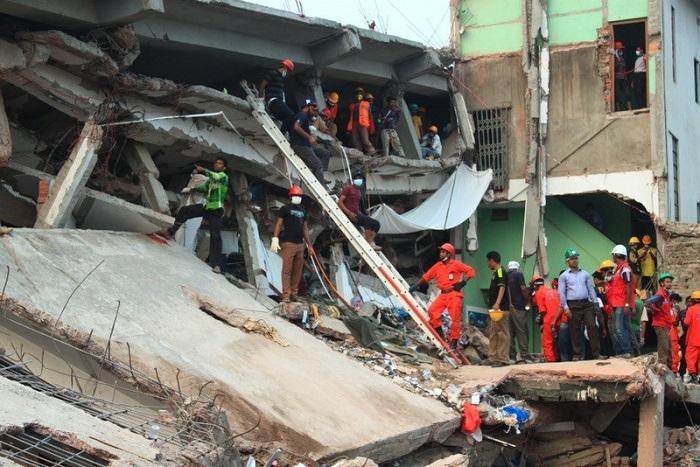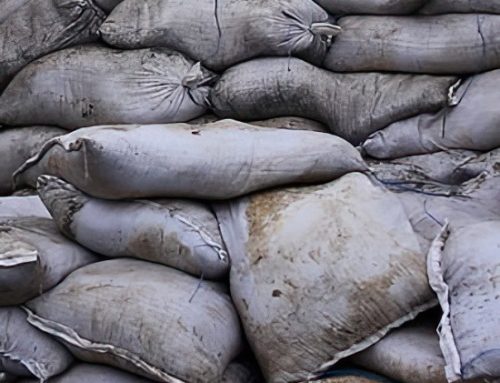The 2013 Rana Plaza Factory Collapse: A Tragic Reminder of the Need for Improved Working Conditions
The 2013 Rana Plaza factory collapse was a devastating event that took place on April 24, 2013 in Dhaka, Bangladesh. The eight-story commercial building, which housed clothing factories, a bank, apartments, and several shops, was not built to withstand the weight and vibration of the heavy machinery used in the garment factories. The collapse resulted in the death of 1,134 people and left approximately 2,500 injured. The disaster was a turning point for the Bangladesh garment industry, and sparked a worldwide conversation about corporate social responsibility, workers’ rights, and supply chain management.
The Collapse
Rana Plaza was constructed in 2006 and owned by Sohel Rana. The building was not designed for industrial use and housed several garment factories that manufactured apparel for well-known brands. Despite warnings of cracks in the structure, the building’s owner ordered workers to return the next day, leading to the tragic collapse.
The day before the collapse, cracks were discovered in the building, causing the bank and shops on the lower floors to close. Unfortunately, the owner ignored these warnings and ordered workers to return to the building the next day. On the morning of April 24, 2013, the building collapsed during the morning rush-hour, with approximately 3,122 workers inside. The tragic event occurred during the height of Bangladesh’s busy garment industry, making the disaster even more devastating.
Despite offers of assistance from the United Nations’ urban search and rescue coordination group, the government of Bangladesh rejected the offer and instead relied on inadequately equipped volunteers for the rescue operation. This decision faced criticism from the international community. The majority of the victims were women and children who were working in the garment factories or in nursery facilities within the building. The tragedy highlighted the poor working conditions and lack of safety regulations in Bangladesh’s garment industry.
Aftermath
The immediate aftermath of the disaster was marked by protests and calls for action from workers, advocacy groups, and politicians. The Prime Minister of Bangladesh, Sheikh Hasina, ordered the arrest of Sohel Rana, the owner of the Rana Plaza building, and four other individuals in connection with the collapse. Rana was later arrested and granted bail in 2014, but still faces murder and building code violation charges.
The international community also responded to the disaster, with the European Union and the Pope speaking out against the working conditions in the factory. In response to the disaster, the Bangladesh Anti Corruption Commission filed charges against 14 people for building Rana Plaza with faulty design, and murder charges were filed against 42 people, including the owners of the building.
The Rana Plaza disaster led to the creation of the Accord on Factory and Building Safety in Bangladesh, which was signed by 38 companies. However, some major retailers, such as Walmart, refused to sign the agreement, leading to criticism from labor groups. Despite the international community’s commitment of $280 million to improve the Bangladesh garment industry, a report by the NYU Stern Center for Business and Human Rights found that only 8 out of 3,425 factories had remedied violations enough to pass a final inspection.
The disaster has had a lasting impact on Bangladesh and the garment industry, with many families still struggling to receive compensation for their lost loved ones. The murder trial and the violation of the building code trial are still pending, with only Sohel Rana in custody. The Rana Plaza disaster continues to be a reminder of the importance of ensuring workers’ rights and improving safety in global supply chains.
Conclusion
In conclusion, the Rana Plaza disaster was a tragedy that brought the plight of workers in the Bangladesh garment industry to the forefront of the world’s attention. Despite some progress in improving workers’ rights and safety, much work remains to be done to ensure that workers are treated fairly and safely in the global supply chain. The disaster serves as a reminder of the importance of corporate social responsibility, workers’ rights, and supply chain management in ensuring that future disasters like Rana Plaza are prevented.










